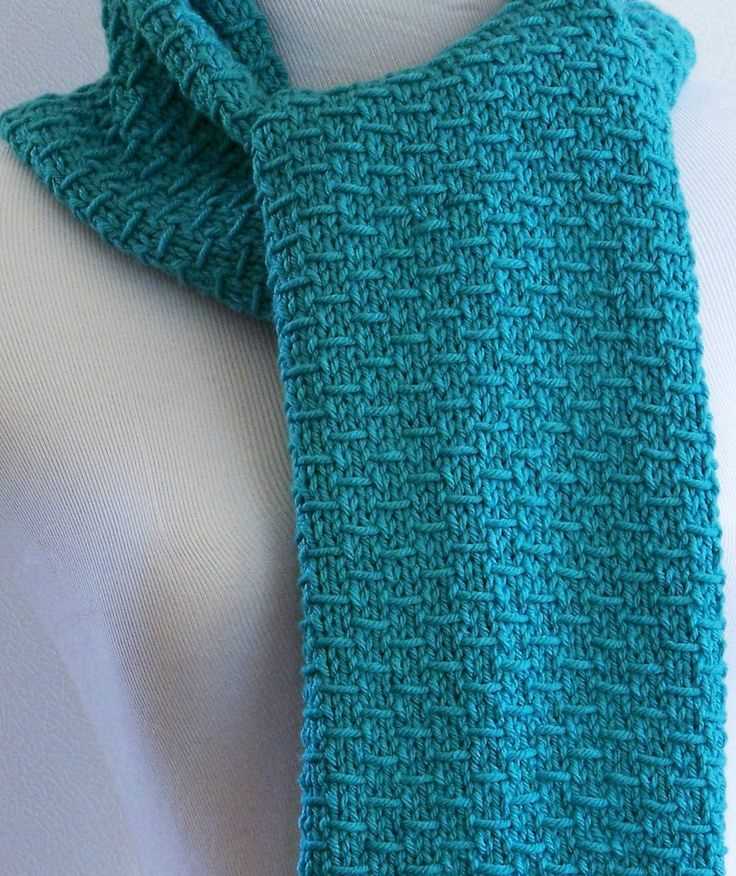
Knitting is not only a relaxing and creative hobby, but it also allows you to create stylish and practical accessories for yourself and your loved ones. One of the most popular and versatile knitting projects is the scarf. Scarves can add an extra layer of warmth and style to any outfit, and they are perfect for both beginners and experienced knitters.
If you’re new to knitting or looking for a quick and easy project, there are plenty of simple scarf patterns that you can try. These patterns typically use basic stitches and require minimal shaping or intricate techniques. They are perfect for practicing your knitting skills and creating beautiful scarves in no time.
Some of the easiest knit scarf patterns include garter stitch scarves, which are made by knitting every row. This simple stitch creates a bumpy texture that looks great in any color or yarn. Another simple option is the ribbed scarf, which alternates knit and purl stitches to create a stretchy and textured fabric. These patterns are great for beginners and can be easily customized by adding stripes or other embellishments.
Easy Knit Scarf Patterns
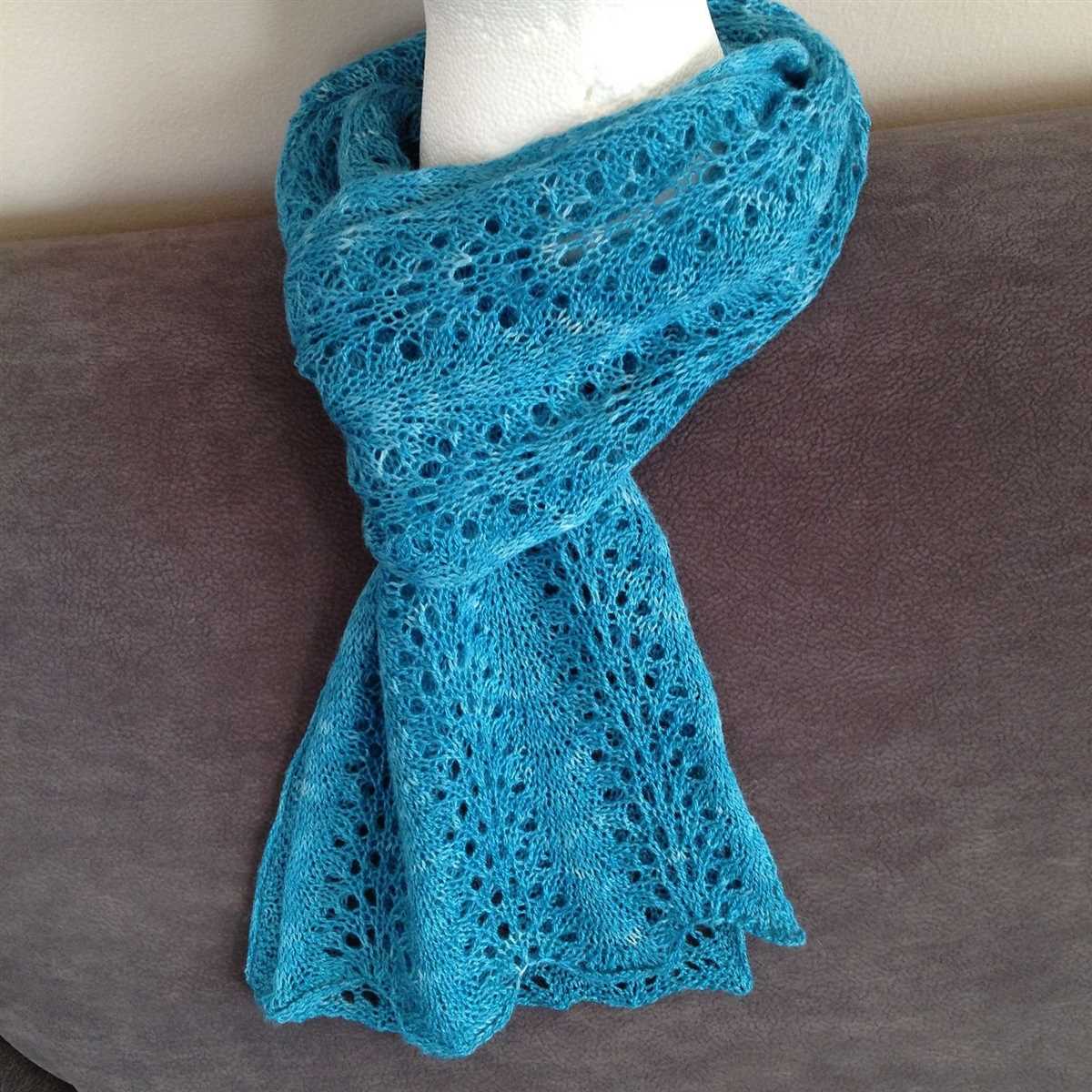
Knitting scarves can be a fun and rewarding project for both beginners and experienced knitters. Whether you’re looking for a simple design or want to experiment with different stitches and patterns, there are plenty of easy knit scarf patterns to choose from.
One popular option is the garter stitch scarf, which is perfect for beginners. This pattern uses only knit stitches, making it an excellent choice for those who are just starting out. The garter stitch creates a cozy and textured fabric that looks great in any color.
The Stockinette Stitch Scarf
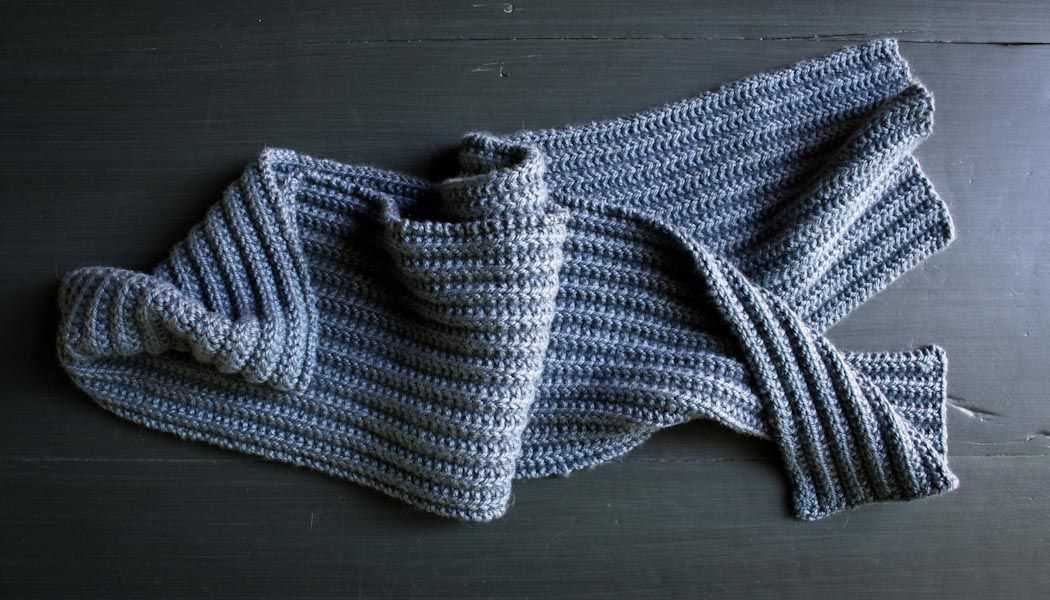
Another easy knit scarf pattern is the stockinette stitch. This pattern alternates between knit and purl stitches, creating a smooth and uniform fabric. While the stockinette stitch requires a bit more concentration than the garter stitch, it’s still a great option for beginners to practice their skills.
If you’re feeling more adventurous, you can try a ribbed knit scarf pattern. This pattern combines knit and purl stitches in a specified pattern, typically creating a stretchy and textured fabric. Ribbed scarves are not only stylish but also practical, as the ribbing helps the scarf retain its shape.
The Seed Stitch Scarf
The seed stitch is another easy knit scarf pattern that creates a beautiful and textured fabric. This pattern alternates between knit and purl stitches in a specific sequence, producing a pattern that resembles scattered seeds. The seed stitch is a great option for those looking for a simple yet interesting design.
No matter which pattern you choose, knitting a scarf can be a relaxing and enjoyable way to flex your creativity and keep warm during the colder months. With so many easy knit scarf patterns available, you’re sure to find one that suits your style and skill level.
Beginner’s Guide to Knitting Scarves
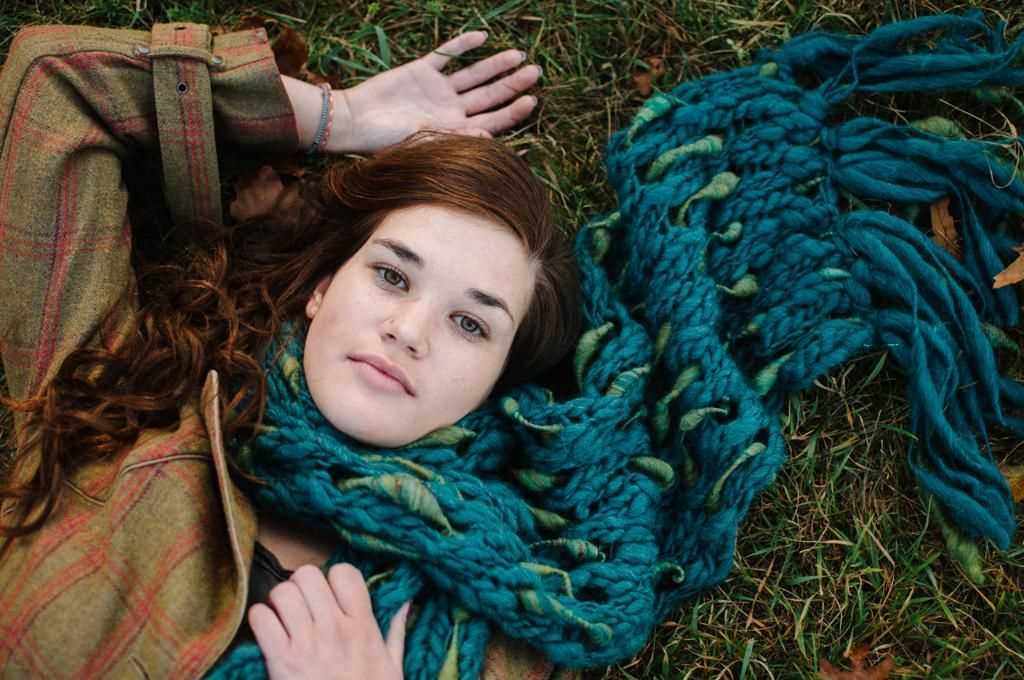
If you’re a beginner knitter looking for a fun and practical project to start with, knitting a scarf is the perfect choice. Scarves are relatively simple to knit and can be made using basic knitting stitches such as knit and purl. In this beginner’s guide, we will walk you through the steps of knitting a scarf from start to finish.
Materials Needed: Before you start knitting, gather the following materials:
- Knitting needles (size 8 or 10)
- Soft and cozy yarn (worsted weight or chunky)
- Scissors
- Tapestry needle
Choosing the Right Yarn: When selecting yarn for your scarf, consider the level of warmth and softness you desire. Worsted weight or chunky yarn is recommended for beginners as they are easier to work with and knit up quickly. Experiment with different fibers such as acrylic, wool, or a blend to find the one that suits your preferences.
Choosing the Right Needles: For beginner knitters, using size 8 or 10 knitting needles is ideal. These sizes are comfortable to hold and work with, allowing you to easily manipulate the yarn and stitches. Look for straight or circular needles depending on your preference.
Getting Started: Once you have your materials ready, it’s time to cast on and start knitting. Follow the instructions that come with your chosen knitting pattern or simply start with a basic garter stitch pattern by knitting every row. Practice making consistent tension and even stitches as you knit along.
Adding Variation: As you gain more confidence in your knitting skills, you can start experimenting with different stitch patterns and textures to add interest to your scarf. Try a ribbed stitch, seed stitch, or even incorporate cables for a more advanced project.
Finishing Touches: After completing your desired length of the scarf, it’s time to bind off. Cut the yarn leaving a long tail and use a tapestry needle to thread it through the last row of stitches, securing the end. Weave in any loose ends and block your finished scarf to give it a polished and professional look.
Now that you have a beginner’s guide to knitting scarves, it’s time to grab your materials, choose a pattern, and start knitting! With practice, you’ll soon be able to create beautiful scarves to keep yourself warm or give as handmade gifts to loved ones.
Essential Knitting Supplies for Scarf Projects
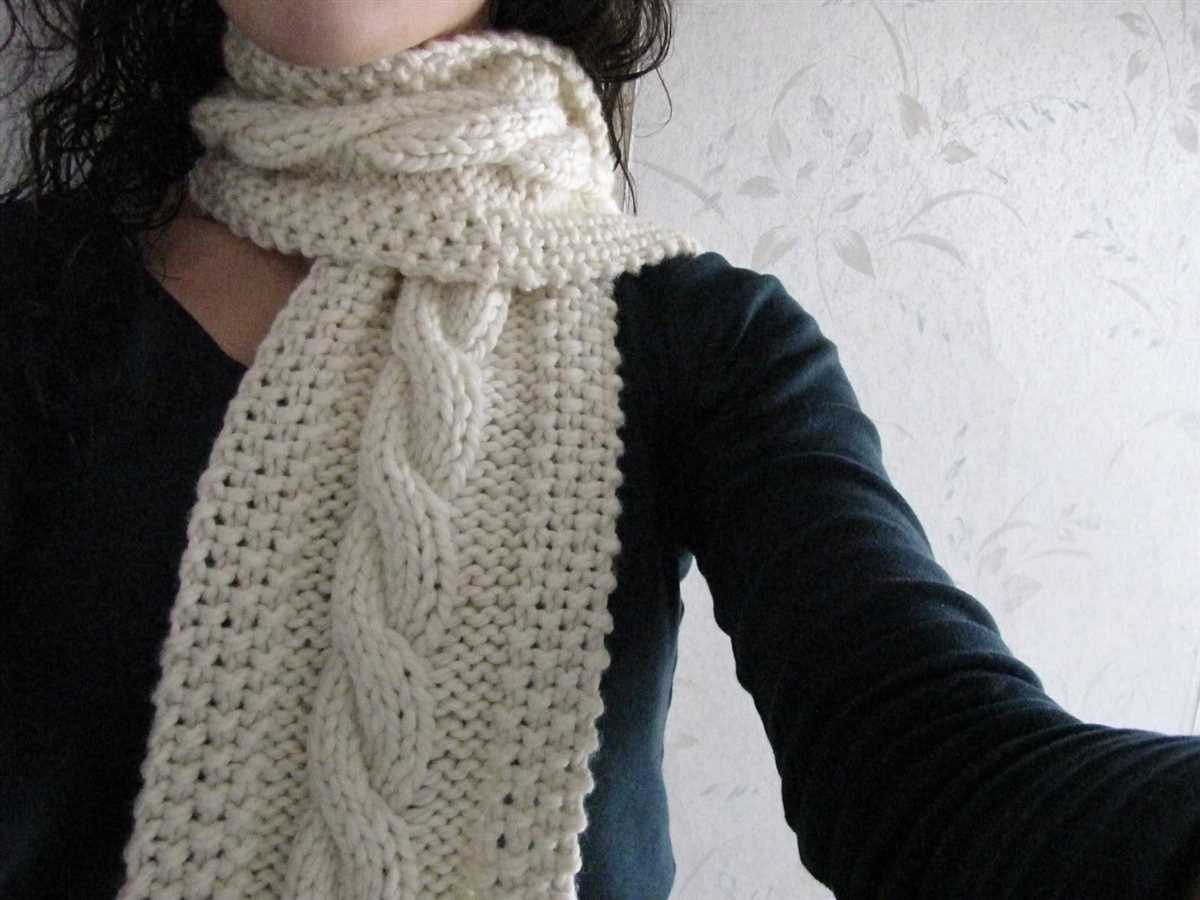
When it comes to knitting a scarf, there are a few essential supplies that you will need to ensure a successful and enjoyable project. Whether you are a beginner knitter or an experienced one, having the right tools can make all the difference in creating a beautiful, cozy scarf that you can be proud of.
Yarn: The most important supply for any knitting project is the yarn. For a scarf, you will want to choose a soft, chunky-weight yarn that will create a warm and cozy texture. Look for yarns made from natural fibers such as wool or alpaca, as they will provide the best insulation and durability.
Knitting Needles: Choosing the right knitting needles is crucial for achieving the desired gauge and tension in your scarf. For a chunky scarf, you will want to use large-sized needles, such as size 10 or 11. Circular needles are a popular choice for scarves as they allow you to easily knit back and forth without having to turn your work.
Tapestry Needle: A tapestry needle is an essential tool for weaving in loose ends and finishing your scarf. After you have finished knitting your scarf, you will need to securely fasten any loose yarn tails to ensure that your scarf doesn’t unravel. A tapestry needle with a large eye and blunt tip is ideal for this task.
Stitch Markers: Stitch markers are a handy tool for keeping track of your stitches and patterns. They can be especially useful when knitting complex stitch patterns or working with multiple colors. You can use small plastic rings, safety pins, or even scraps of contrasting yarn as stitch markers.
Scissors: A good pair of scissors is essential for any knitting project. You will need them for cutting yarn, trimming loose ends, and making any necessary adjustments to your work. Look for scissors with a sharp, pointed tip and comfortable grip.
Measuring Tape: A measuring tape is important for ensuring that your scarf is the right length and width. It can also be useful for checking your gauge and determining the size of your stitches. A flexible tape measure that can easily bend and retract is ideal.
Knitting Bag or Basket: Finally, having a dedicated knitting bag or basket can help keep all your supplies organized and easily accessible. Look for a bag that has compartments or pockets for holding your yarn, needles, and other tools. This will make it easier to take your knitting on the go and keep everything in one place.
With these essential knitting supplies, you are ready to start your scarf project and create a beautiful and cozy accessory to keep you warm during the colder months. So gather your supplies, choose your favorite knitting pattern, and get ready to enjoy the relaxing and fulfilling art of knitting.
How to Choose the Right Yarn for Knitting a Scarf
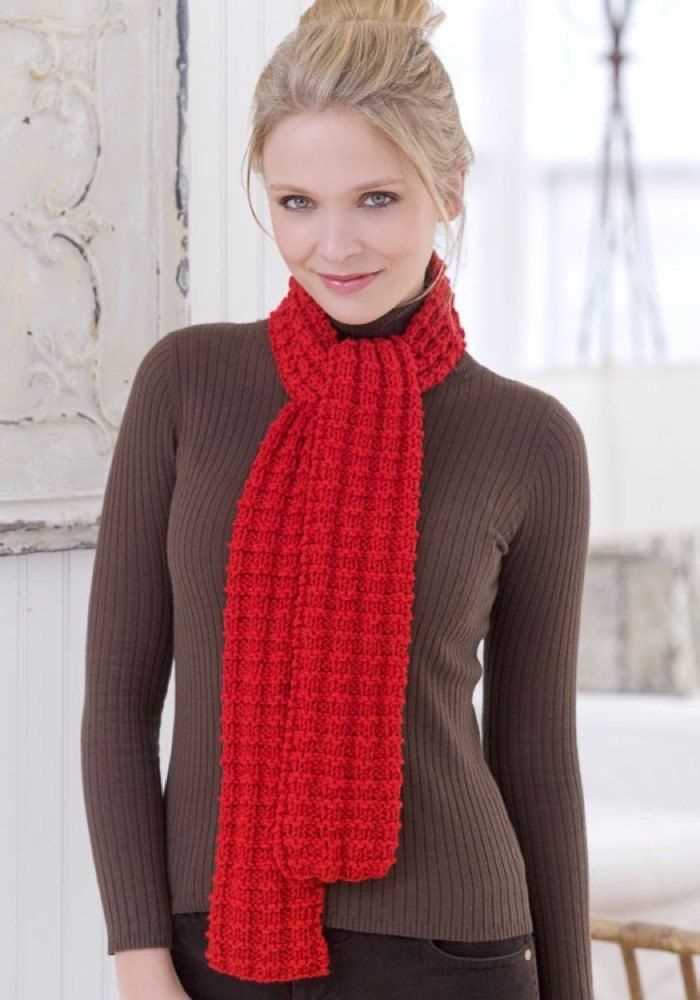
When it comes to knitting a scarf, choosing the right yarn is essential for the success and enjoyment of the project. The right yarn can make a significant difference in the final look and feel of the scarf, as well as its durability and warmth. Here are some factors to consider when selecting the perfect yarn for your knitting project.
Fiber Content:
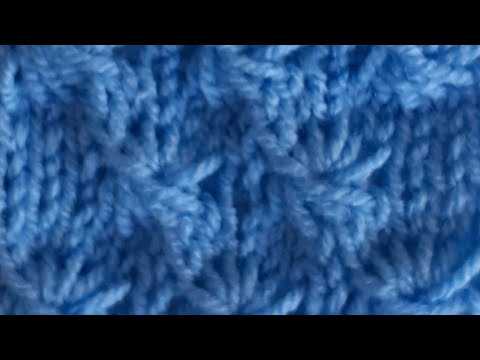
The first thing to consider is the fiber content of the yarn. Different fibers have different properties, and it’s important to choose a fiber that suits the desired characteristics of your scarf. Common fiber options for scarves include wool, acrylic, alpaca, cotton, and silk. Wool is known for its warmth and elasticity, making it a popular choice for winter scarves, while acrylic is affordable and easy to care for. Alpaca offers softness and warmth, while cotton and silk provide lightweight and breathable options for warmer weather scarves.
Weight:
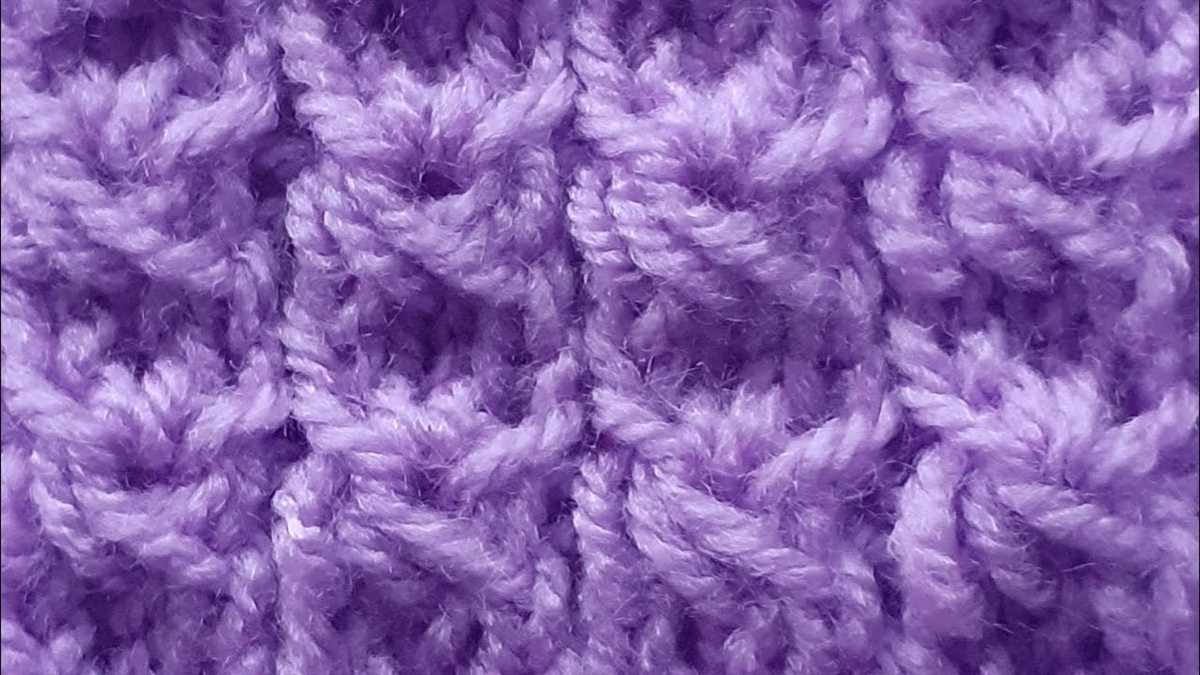
The weight or thickness of the yarn is another crucial factor to consider. The weight of the yarn will determine the final drape and warmth of the scarf, as well as the time it takes to complete the project. Yarns are typically categorized into different weights, such as lace, fingering, sport, worsted, and bulky. Thicker yarns will create a bulkier and more substantial scarf, while thinner yarns will result in a lighter and more delicate scarf. Consider the desired look and feel of your scarf when choosing the weight of the yarn.
Color and Texture:
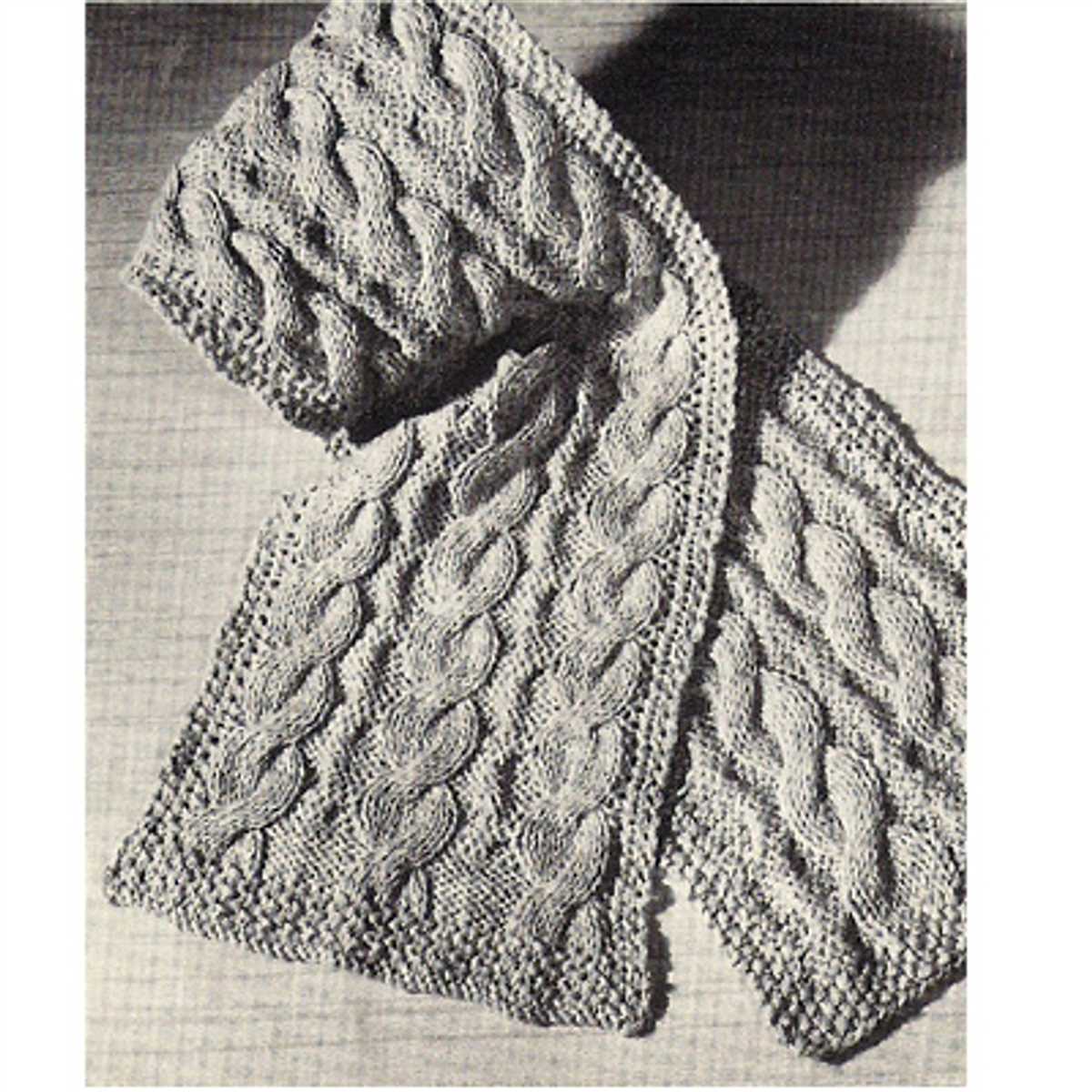
Finally, consider the color and texture of the yarn. The color of the yarn can greatly impact the overall aesthetic of the scarf, so choose a color that complements your personal style and wardrobe. Additionally, the texture of the yarn can add visual interest and dimension to the scarf. Some yarns have smooth and even textures, while others may have a more textured or fuzzy appearance. Consider the desired look and feel of the scarf and choose a yarn texture that enhances the design.
By considering the fiber content, weight, color, and texture of the yarn, you can choose the perfect yarn for your knitting project. Remember to also consider your own preferences and the intended use of the scarf, as these factors will play a significant role in the enjoyment and success of your knitting project.
Basic Knit Stitch Patterns for Scarves
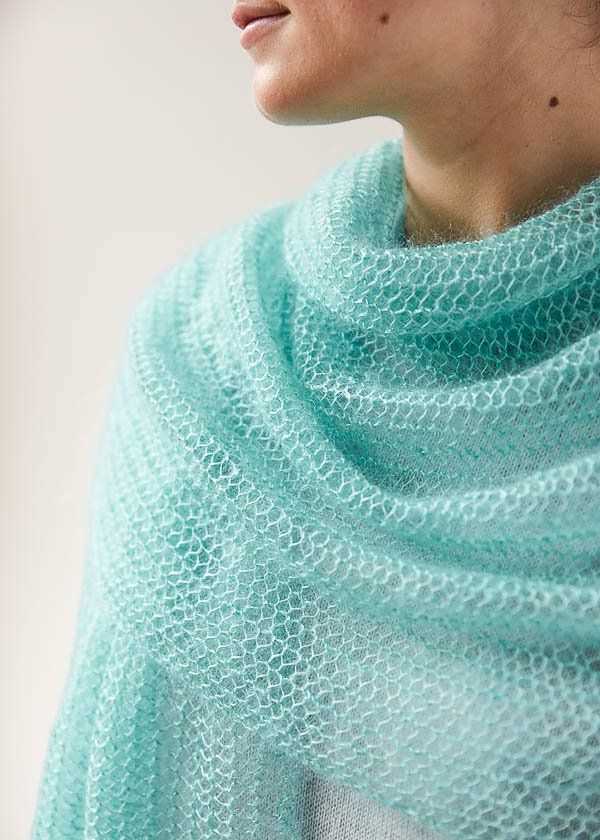
If you’re just beginning your knitting journey or looking for some easy patterns to make a stylish scarf, then basic knit stitch patterns are a great place to start. These patterns use the most fundamental knitting technique, the knit stitch, to create a variety of textured and beautiful scarves.
Garter Stitch: One of the simplest stitch patterns, garter stitch is created by knitting every row. This creates a bumpy and squishy texture that is perfect for cozy scarves. You can knit a garter stitch scarf with any weight of yarn and various needle sizes. It’s a versatile pattern that adds warmth and elegance to any outfit.
Seed Stitch:
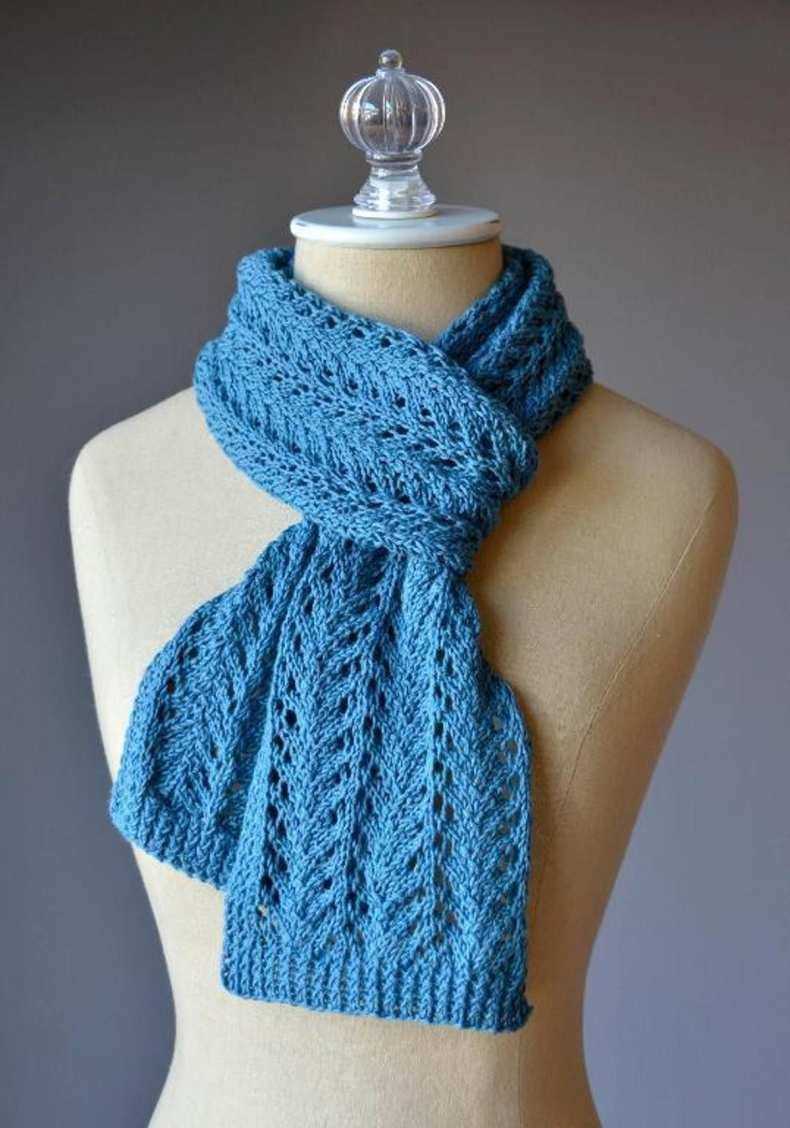
The seed stitch is another easy knit stitch pattern that adds a lovely texture to scarves. It alternates between knitting and purling stitches to create a pattern resembling seeds or little bumps. With just a combination of knit and purl stitches, you can create a visually appealing and engaging scarf. The seed stitch pattern is suitable for any weight of yarn and can be customized with different color combinations.
Rib Stitch:
Rib stitch is a classic knit stitch pattern that adds a stretchy and reversible texture to scarves. It is created by alternating knit and purl stitches in the same row, usually in a 1×1 or 2×2 ribbing pattern. The rib stitch is great for creating scarves with a snug fit and can be used to make matching hats or mittens. Experimenting with different rib stitch patterns can result in unique and eye-catching scarves.
Stockinette Stitch: The stockinette stitch is a popular knitting pattern that creates a smooth and sleek fabric. It is made by knitting one row and purling the next. This stitch pattern is perfect for showcasing the beauty of variegated or self-striping yarns. However, the edges of a stockinette stitch scarf tend to curl, so adding a border or blocking may be necessary to prevent it.
Choosing the Right Pattern: When selecting a basic knit stitch pattern for your scarf, consider the yarn weight, needle size, and the desired width and length of the scarf. Garter stitch and seed stitch are great options for beginners or for a rustic look. Rib stitch adds texture and interest, while stockinette stitch creates a smoother, more polished appearance. Remember to practice and enjoy the process of knitting as you create your own beautiful scarf.
Adding Texture to Your Scarf with Different Knit Stitch Patterns
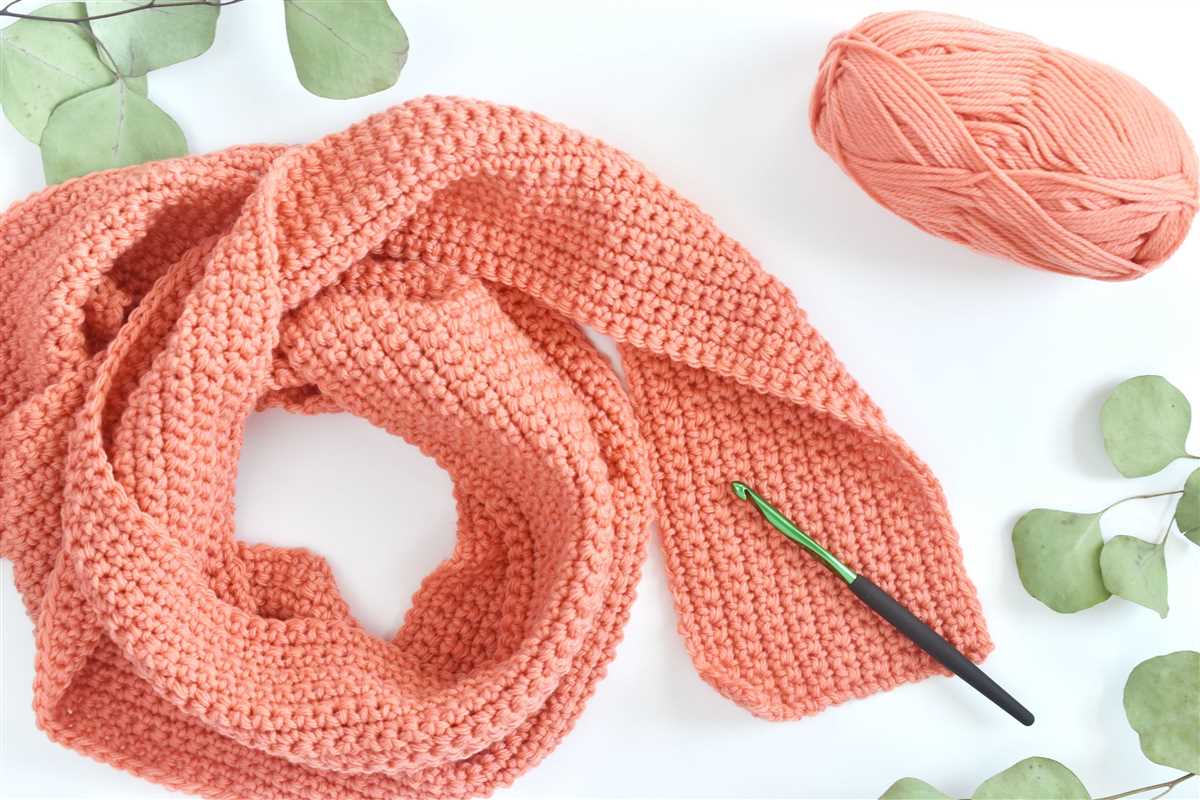
When it comes to knitting a scarf, there are so many options to choose from when it comes to stitch patterns. By using different knit stitch patterns, you can add texture and visual interest to your scarf. Whether you’re a beginner or an experienced knitter, experimenting with different stitch patterns can take your scarf to the next level.
One popular stitch pattern that can add texture to your scarf is the seed stitch. This pattern is created by alternating knit and purl stitches in a specific sequence. The result is a fabric that has a bumpy texture and is reversible, making it perfect for scarves that will be seen from both sides. The seed stitch is also a great option for showcasing variegated or self-striping yarns, as the texture helps to break up the colors and create a unique look.
Another option for adding texture to your scarf is the cable stitch. Cable stitches are created by crossing groups of stitches over each other, creating a twist or braid-like pattern. This stitch pattern can create a simple or intricate design, depending on the number and arrangement of the cable crosses. Including cable stitches in your scarf can add depth and visual interest, making it a great choice for a statement piece.
If you’re looking for a more delicate texture, lace stitch patterns can be a beautiful choice for a scarf. Lace stitches are created by creating deliberate holes or eyelets in the fabric through a combination of yarn overs and decreases. The result is a lightweight and airy fabric that adds a touch of elegance to your scarf. Lace stitch patterns are often used for dressier accessories and can be a fun challenge for more experienced knitters.
When choosing a knit stitch pattern for your scarf, consider the yarn you’re using and the overall style you’d like to achieve. Whether you go for a textured, chunky look with the seed stitch, a sophisticated twist with cable stitches, or a delicate touch with lace stitches, experimenting with different knit stitch patterns can transform your scarf into a unique and personalized accessory.
Colorful Scarf Patterns for a Vibrant Look
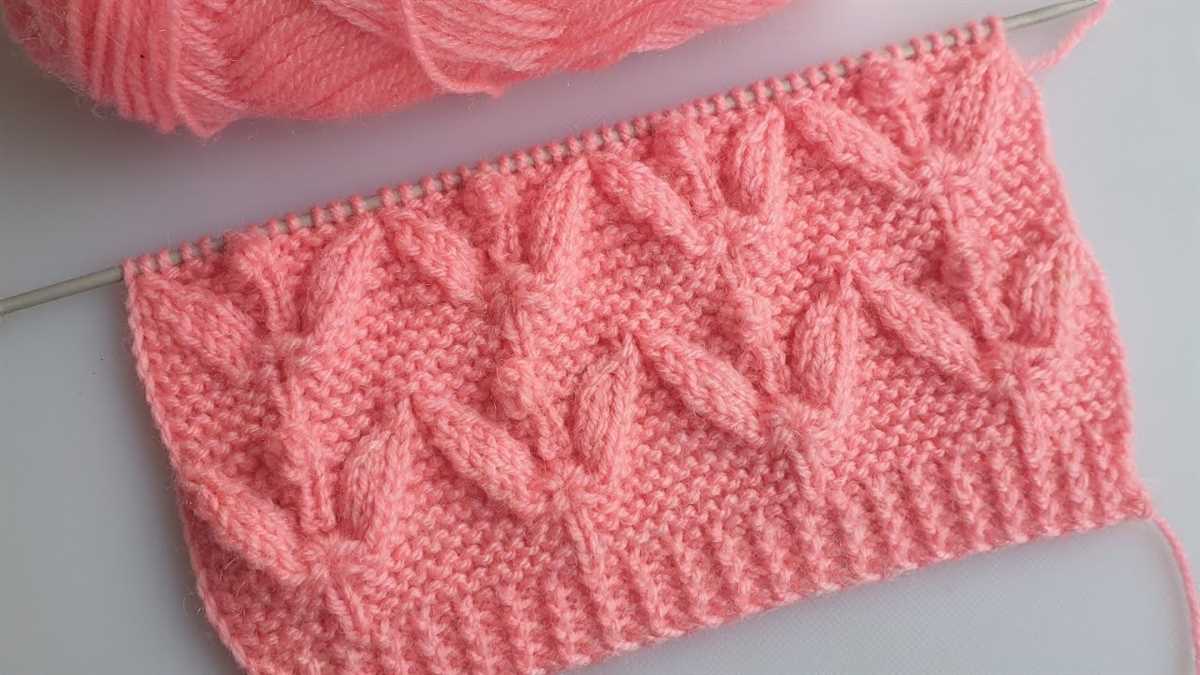
Adding a colorful scarf to your outfit is a great way to make a statement and showcase your personal style. With a wide variety of colorful scarf patterns available, you can easily find one that complements your wardrobe and adds a vibrant touch to your look.
One popular choice is the striped scarf pattern. Whether you opt for bold, contrasting colors or a more subtle mix of shades, a striped scarf can instantly elevate your ensemble. The alternating colors create a visually appealing design that adds depth and dimension to your outfit.
If you prefer a bolder look, you might consider a color block scarf pattern. This type of scarf features large blocks of different colors, creating a statement piece that demands attention. Whether you choose complementary colors or contrasting hues, a color block scarf is sure to make a lasting impression.
For those who enjoy a more intricate design, a geometric scarf pattern is a fantastic option. This pattern typically features bold geometric shapes and patterns, such as triangles, chevrons, or diamonds. The combination of vibrant colors and striking shapes creates a visually striking accessory that will enhance any outfit.
If you’re looking for a more playful and whimsical option, you might consider a floral scarf pattern. This pattern incorporates colorful flowers and foliage, creating a cheerful and feminine look. Whether you prefer a scarf with large, bold flowers or a more delicate, dainty design, a floral scarf is a fantastic choice to brighten up your outfit.
No matter which colorful scarf pattern you choose, adding this accessory to your wardrobe is a fantastic way to express your personal style and add a vibrant touch to your look. With so many options available, you’re sure to find the perfect scarf that complements your style and makes a statement.
Chunky Scarf Patterns for Extra Warmth
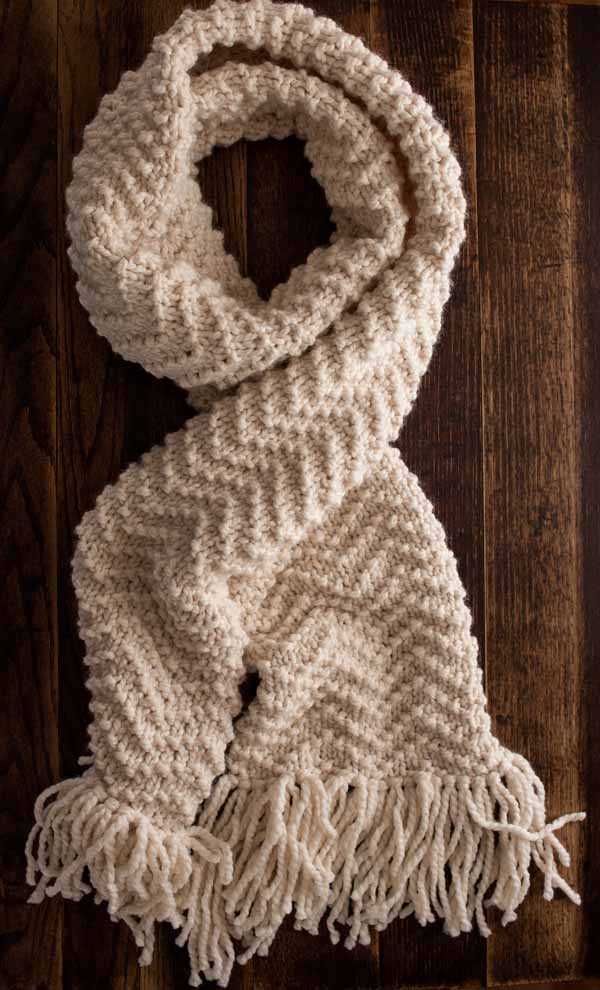
When the weather gets colder, there’s nothing better than wrapping yourself up in a cozy chunky scarf. These scarves not only provide extra warmth, but they also add a stylish touch to any winter outfit. If you’re looking to knit your own chunky scarf, there are plenty of easy patterns to choose from.
One popular chunky scarf pattern is the garter stitch scarf. This pattern is perfect for beginners as it only requires the basic knit stitch. Using bulky yarn and large needles, you can quickly create a soft and squishy scarf that will keep you warm all winter long. The garter stitch also adds a nice texture to the scarf, making it visually appealing.
If you’re looking for a more intricate pattern, the cable knit scarf is another great option. This pattern involves creating twists and turns in the fabric, resulting in a beautiful braided effect. The cable knit scarf looks impressive and is sure to keep you warm with its thick, chunky texture.
For those who prefer a bit of color in their scarf, the striped scarf pattern is a fun choice. You can mix and match different colors of yarn to create bold stripes or opt for more subtle hues for a classic look. Either way, the thick yarn used in this pattern will ensure that your scarf is both cozy and stylish.
When it comes to chunky scarf patterns, the possibilities are endless. Whether you’re a beginner or an experienced knitter looking for a new project, there’s a pattern out there that’s perfect for you. So grab your needles, choose your favorite yarn, and start knitting your way to extra warmth this winter.
Lace Knit Scarf Patterns for a Delicate and Elegant Look
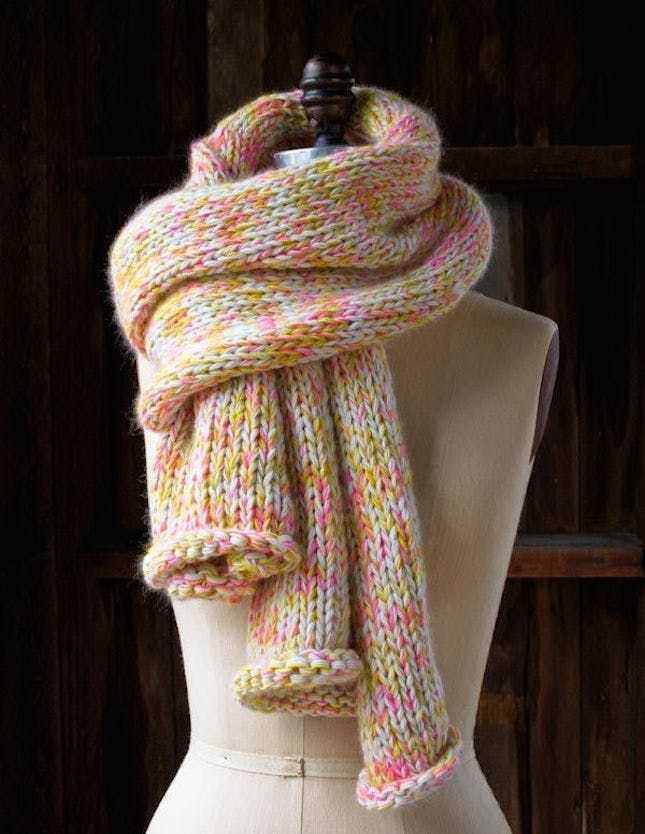
Elevate your winter wardrobe with lace knit scarf patterns that offer a delicate and elegant look. Lace knitting involves creating patterns using a combination of knit and purl stitches, resulting in intricate and beautiful designs. Whether you are a beginner or an experienced knitter, there are lace scarf patterns available for every skill level.
To achieve a delicate and elegant look, consider knitting a lace scarf pattern with a lightweight yarn, such as silk or cashmere. These yarns not only add a luxurious feel to the scarf but also help to enhance the intricacy of the lace design. Opt for a neutral or pastel color palette to further accentuate the delicate nature of the scarf.
When choosing a lace knit scarf pattern, look for designs that feature intricate lace motifs, such as floral patterns or delicate lace edging. These details can add a touch of femininity and elegance to your scarf. Consider incorporating beads or sequins into your knitting for an extra glamorous touch.
To make your lace knit scarf truly stand out, pay attention to blocking and finishing techniques. Blocking involves shaping and stretching the knitted piece to even out the stitches and open up the lace pattern. This step can significantly enhance the overall look of the finished scarf. Finishing techniques, such as adding a picot or scalloped edge, can also add an extra touch of elegance.
Whether you are looking to add a delicate touch to a casual outfit or to complete a formal ensemble, lace knit scarf patterns provide a versatile and elegant option. With their intricate lace motifs and lightweight yarns, these scarves are sure to make a statement while keeping you cozy and chic during the colder months.
Cowl Scarf Patterns for a Stylish and Practical Accessory
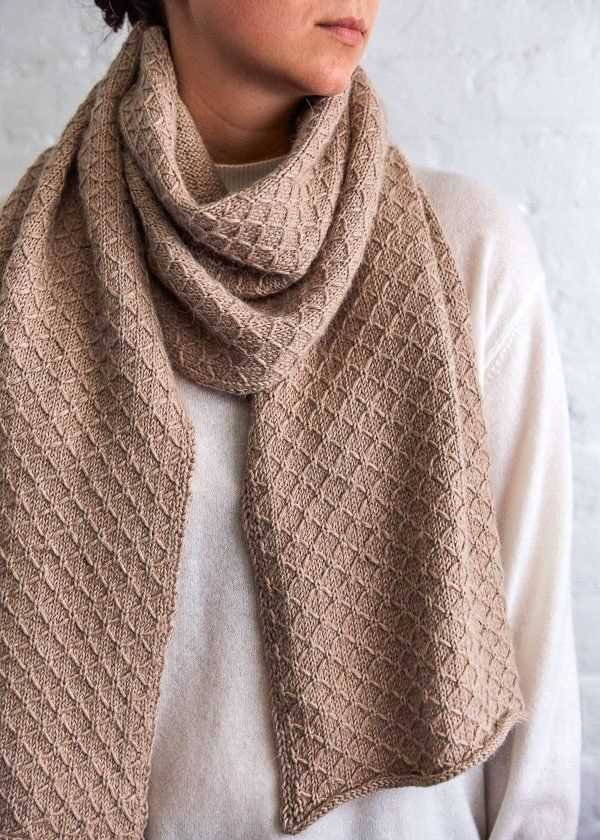
A cowl scarf is a versatile accessory that can add style and practicality to any outfit. These scarf patterns are designed to be easy to knit and create a cozy and fashionable accessory that you can wear in different ways. Whether you want to keep warm during the winter months or simply want to add a touch of elegance to your outfit, cowl scarves are a perfect choice.
One popular cowl scarf pattern is the infinity scarf, also known as a circle scarf. This pattern creates a continuous loop of fabric that can be worn in multiple ways. You can wear it as a single loop, double loop, or even drape it over your shoulders like a shawl. The infinity scarf pattern is ideal for beginners as it only requires basic knitting stitches, such as the knit stitch and purl stitch. You can choose from a wide range of yarns to create different textures and color combinations.
If you’re looking for a more structured cowl scarf pattern, the ribbed cowl is a great option. This pattern creates a textured fabric with alternating columns of knit and purl stitches. The ribbed cowl provides extra warmth and has a stylish, timeless look. You can experiment with different ribbing patterns, such as 2×2 or 3×1, to create different effects. This pattern is also suitable for beginners and knits up quickly.
- Another popular cowl scarf pattern is the cable knit cowl. This pattern creates a stunning fabric with interlocking twists and cables. It adds a touch of sophistication to any outfit and is perfect for those who want to challenge their knitting skills. Cable knitting requires a bit more practice and attention to detail, but the end result is well worth it. You can use a chunky yarn to create a cozy and warm cowl or choose a finer yarn for a more delicate look.
- If you prefer a lighter and more airy cowl scarf, the lace cowl pattern is a great choice. This pattern features delicate, openwork stitches that create a lacy fabric. It’s perfect for transitional seasons or for adding a touch of elegance to your outfit. Lace knitting requires some experience with basic lace stitches, such as yarn overs and decreases, but once you get the hang of it, you’ll love the beautiful and intricate patterns you can create. You can choose from a variety of lace motifs, such as leaves, flowers, or geometric designs, to customize your cowl scarf.
Overall, cowl scarves are a wonderful accessory that combines style and practicality. Whether you choose a simple infinity scarf, a textured ribbed cowl, a sophisticated cable knit cowl, or a delicate lace cowl, you can’t go wrong with any of these patterns. They are perfect for beginners and experienced knitters alike, and they make great gifts for friends and family. So grab your knitting needles, choose your favorite pattern, and start creating your own stylish and practical cowl scarf.
Knitting Scarves for Different Seasons: Lightweight and Warm Options
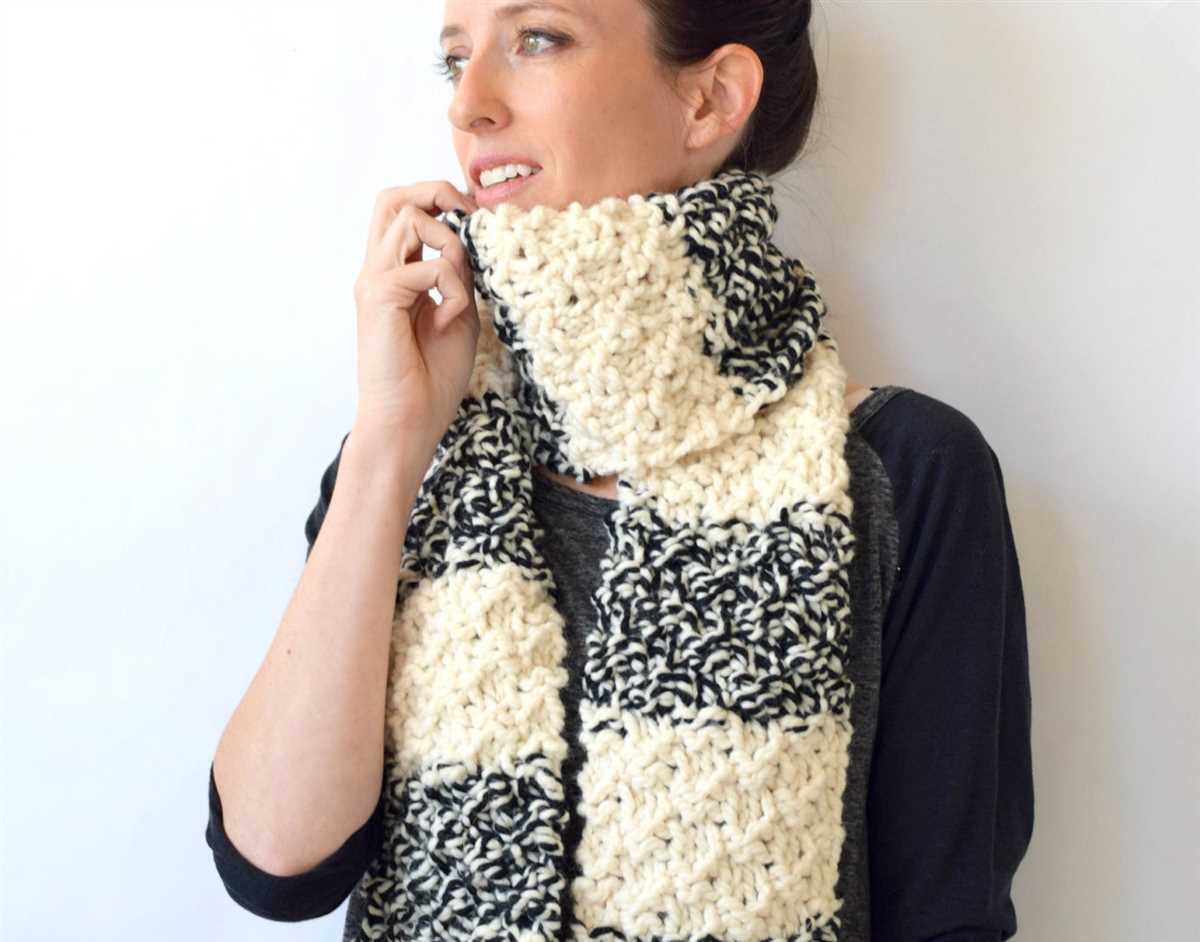
When it comes to knitting scarves, it’s important to consider the season in which they will be worn. A lightweight scarf is perfect for those transitional periods between seasons, when the weather can be unpredictable. These scarves are made from thinner yarns and have a looser, lacy pattern that allows for breathability while still providing a touch of warmth. They are great for adding a stylish accessory to your outfit without overheating.
For spring and autumn, a lightweight scarf in a soft pastel color or a neutral shade can complement any outfit. Knitting patterns like the “Feather and Fan” stitch or the “Openwork Lace” stitch create a delicate and feminine look. These scarves can be worn over a blouse or a light sweater to add a layer of warmth without feeling bulky.
In contrast, when winter arrives and the temperature drops, it’s time to switch to a warmer option. Knitting a cozy, chunky scarf using thick yarn is the perfect way to keep the cold at bay. These scarves have a tighter, more solid pattern to provide maximum insulation. The “Seed Stitch” or the “Cable Knit” patterns are popular choices for winter scarves.
Winter scarves can be knitted in rich, deep colors like burgundy, forest green, or navy blue, which complement the season’s darker clothing colors. They can be worn over a coat or jacket, providing both style and warmth. These scarves are a must-have accessory for braving the winter chill while still looking chic.
In conclusion, whether you’re knitting a lightweight scarf for those in-between seasons or a warm and snug winter scarf, choosing the right pattern and yarn can make all the difference. By considering the season and desired level of warmth, you can create scarves that not only keep you comfortable but also add a touch of style to your overall look.
Tips and Tricks for Finishing and Caring for Your Knit Scarf
Finishing your knit scarf is just as important as the knitting process itself. Here are some tips and tricks to help you achieve a polished and professional look for your finished scarf:
1. Blocking
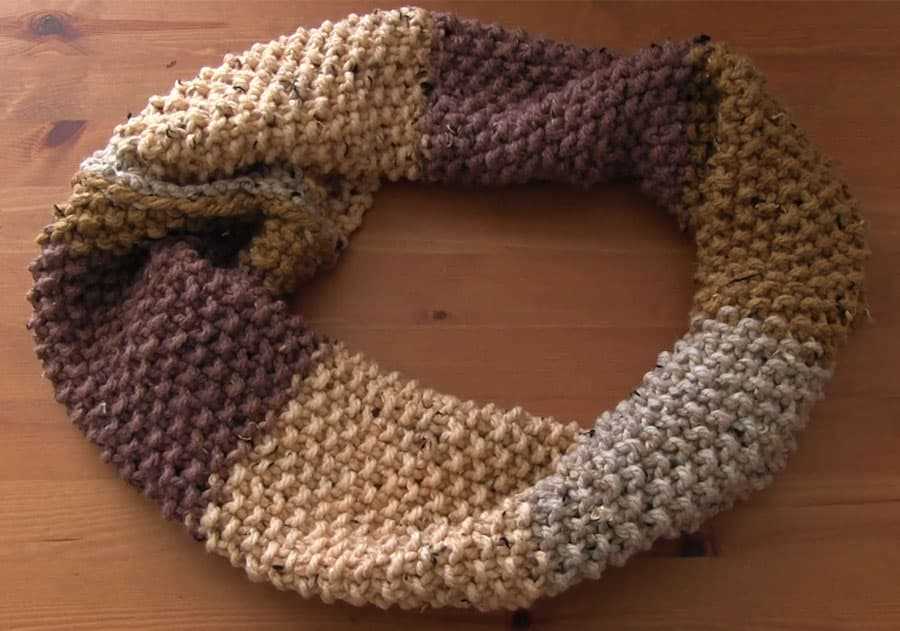
Blocking is the process of shaping and laying out your knitted item to achieve an even and professional appearance. To block your scarf, you will need to wet it with lukewarm water and gently squeeze out the excess water. Then, lay it flat on a clean towel or a blocking mat, shaping it into the desired dimensions. Use rustproof T-pins to secure the edges and leave it to dry completely. Blocking will help even out any uneven tension and stitches, resulting in a more polished look.
2. Weaving in Ends
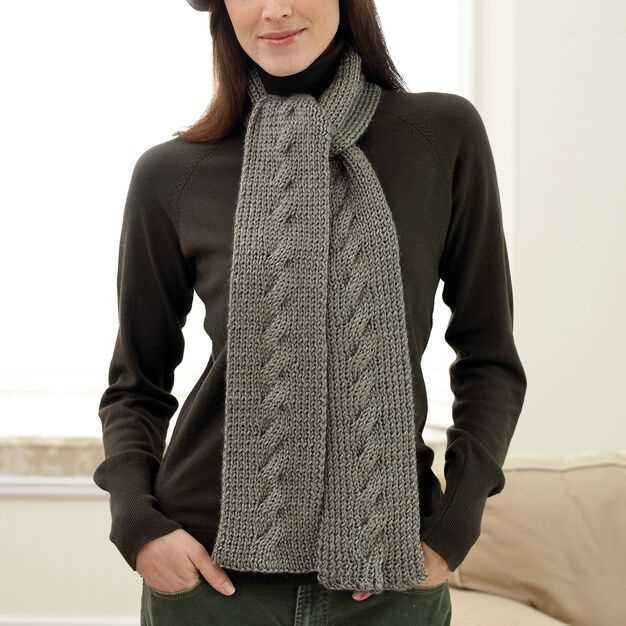
When you finish knitting your scarf, you will have loose ends of yarn that need to be woven in to prevent them from unraveling. To weave in the ends, thread a tapestry needle with the loose end and carefully weave it through the stitches on the wrong side of the scarf. Make sure to weave it in securely without distorting the stitches or causing any puckering. Trim the excess yarn after weaving in the ends.
3. Care Instructions
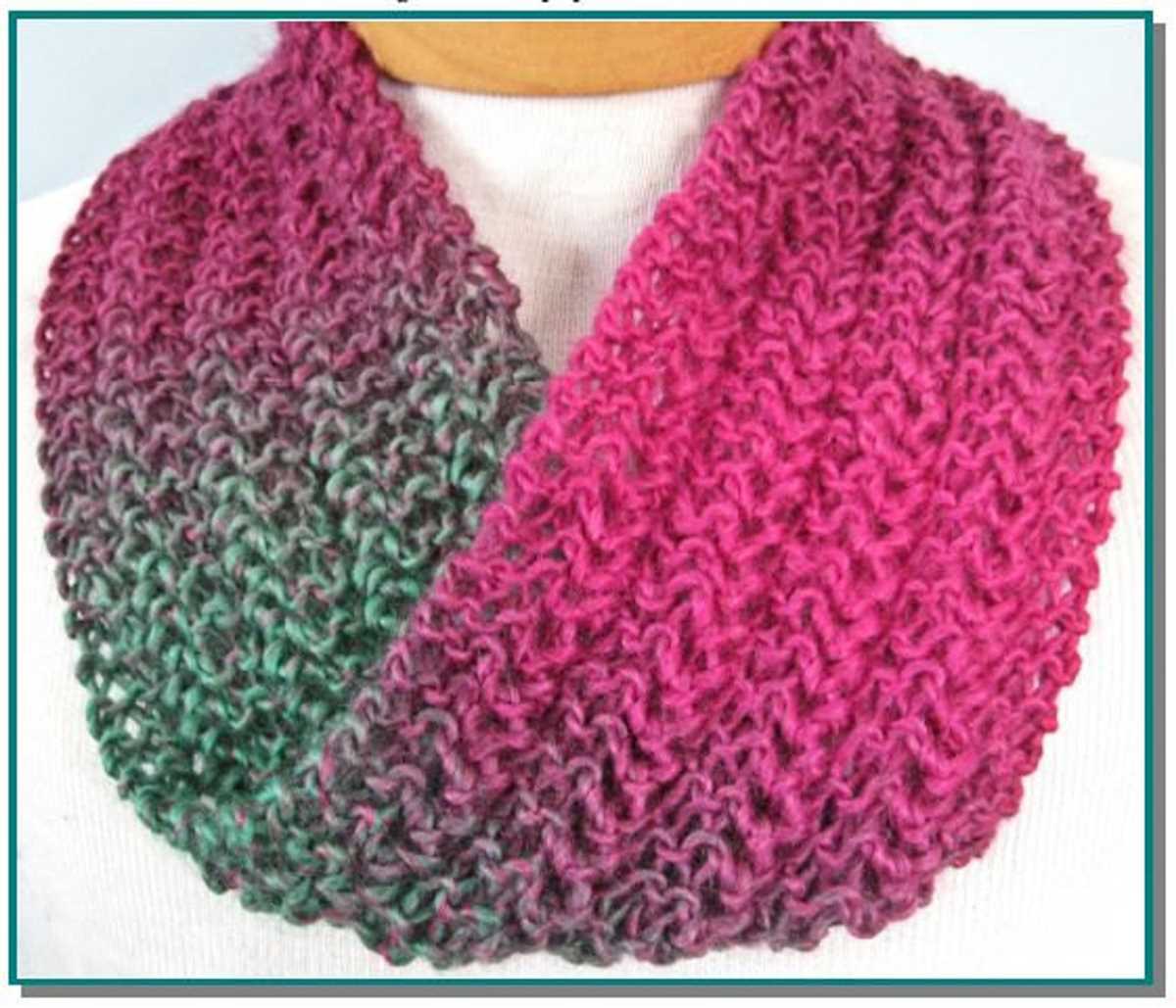
To keep your knit scarf looking its best, it’s important to follow proper care instructions. Always check the yarn label for specific washing instructions, as different yarns may have different care requirements. In general, hand washing or delicate machine washing in cold water with a mild detergent and laying flat to dry is recommended. Avoid wringing or twisting the scarf to remove excess water, as this can cause the yarn to stretch or lose its shape. Additionally, avoid hanging your scarf to dry, as this can cause it to stretch out of shape. Store your scarf folded or rolled to prevent stretching and snagging.
Summary
Finishing your knit scarf is just as important as the knitting process itself. Blocking, weaving in ends, and following proper care instructions are crucial for achieving a polished and professional look. By taking the time to properly finish and care for your knit scarf, you can ensure that it will last for years to come and continue to be a cozy and stylish accessory.